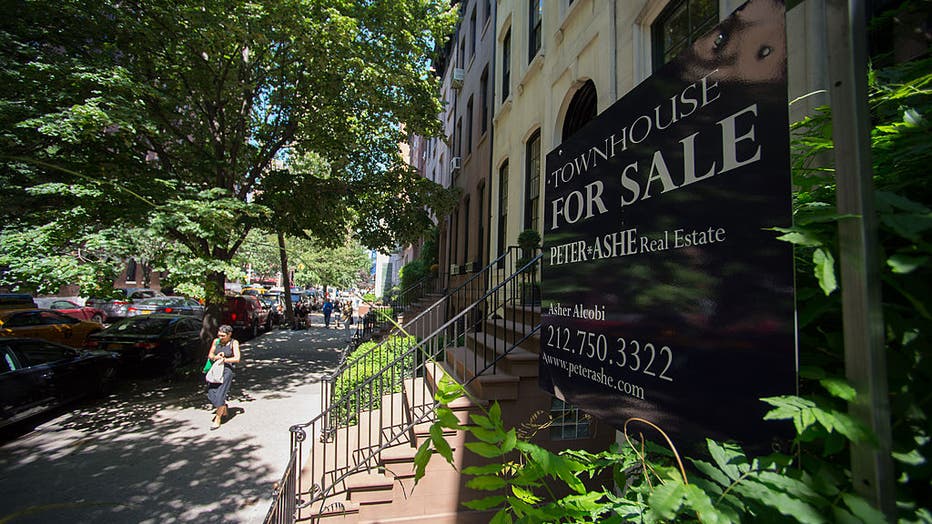Housing benefits could lure employees back to office, survey shows

Forecasting 2024 U.S. housing market
Real estate expert Uri Man joins LiveNOW's Carel Lajara to discuss home affordability levels across the U.S. in 2024.
Much of corporate America is still trying to find the balance between bringing employees back to the office or letting them work from home four years after the COVID-19 pandemic began.
But a recent survey suggests a new way to lure employees back into the office: housing benefits.
According to Business Insider, bonding and insurance company JW Surety Bonds conducted a survey and found that 47% of respondents said they would be willing to return to the office in exchange for housing benefits. Moreover, 69% said they would be willing to change their job or career for employer-based housing benefits. The survey consisted of 1,020 employers and workers about office perks, according to the outlet.
"As housing costs soar, these findings clearly indicate a trend of employer-based housing benefits gaining momentum," Ricardo Rodriguez, a creative-team member at JW Surety Bonds, told BI. "A strong interest in employer-based housing benefits could potentially redefine employee expectations of traditional compensation packages in the next 5 to 10 years."
RELATED: Biden doubles down on billionaire tax plan, homebuyer tax credit
The average long-term U.S. mortgage rate climbed back to nearly 7% this week, pushing up borrowing costs for home shoppers with the spring homebuying season underway. The average rate on a 30-year mortgage rose to 6.87% from 6.74% last week, mortgage buyer Freddie Mac said last Thursday. A year ago, the rate averaged 6.42%. The average rate is now just below where it was two weeks ago.

Real estate report: Housing market predictions
Spring is just around the corner, which typically marks a rising real estate market but interest rates could hold the housing sector back. LiveNOW's Lexie Petrovic spoke about real estate with FOX Business contributor Katrina Campins.
Borrowing costs on 15-year fixed-rate mortgages, popular with homeowners refinancing their home loans, also rose this week, pushing the average rate to 6.21% from 6.16% last week. A year ago it averaged 5.68%, Freddie Mac said.
Many economists expect that mortgage rates will ultimately ease moderately this year, but that’s not likely to happen before the Federal Reserve begins cutting its benchmark interest rate. On Wednesday, the central bank kept its rate unchanged and signaled again that it expects to make three rate cuts this year, but not before it sees more evidence that inflation is slowing.
RELATED: Here's where Gen Z consumers can buy a home in the U.S.
The U.S. housing market is coming off a deep, 2-year sales slump triggered by a sharp rise in mortgage rates and a dearth of homes on the market. The overall decline in rates since their peak last fall has helped lower monthly mortgage payments, providing more financial breathing room for homebuyers facing rising prices and a shortage of homes for sale this year.

A pedestrian walks past a Peter Ashe Real Estate "For Sale" sign displayed outside of a townhouse in New York, U.S., on Monday, June 23, 2014. Americans snapped up previously owned homes in May in the biggest monthly sales gain in almost three years,
Meanwhile, cities across the country have struggled to cope with half-empty downtown business districts. Many businesses have embraced a hybrid work from home model with employees coming to the office two or three days a week.
The trend may actually be continuing even after the end of the pandemic, as businesses are waiting until long-term leases expire and then drastically shrinking the amount of floorspace they occupy. Multiple municipal governments have embraced the idea of office-to-housing conversions, offering tax incentives to developers to help subsidize the often-prohibitive costs of such changes.
The Associated Press contributed to this report. This story was reported from Los Angeles.

